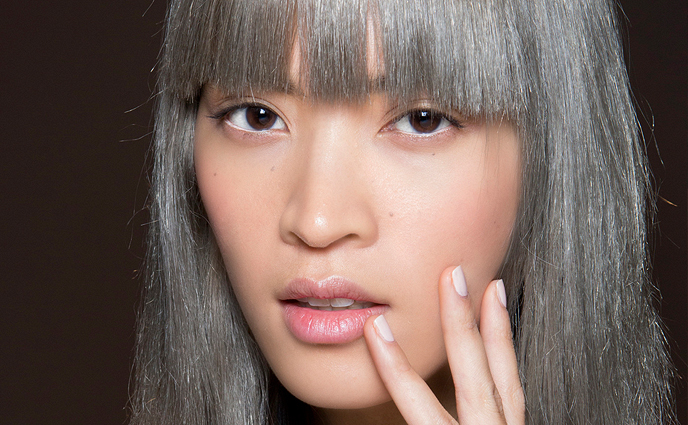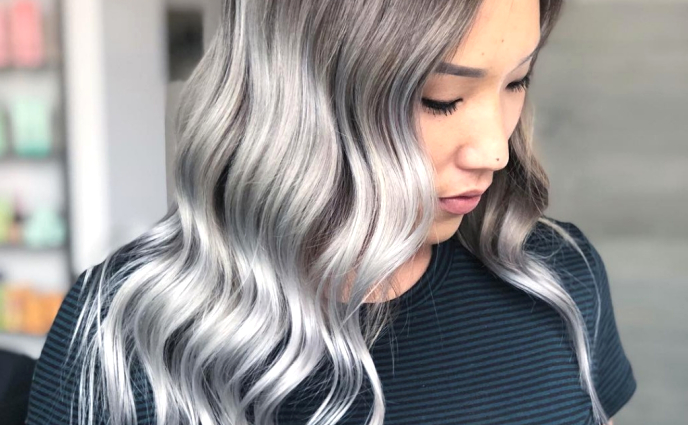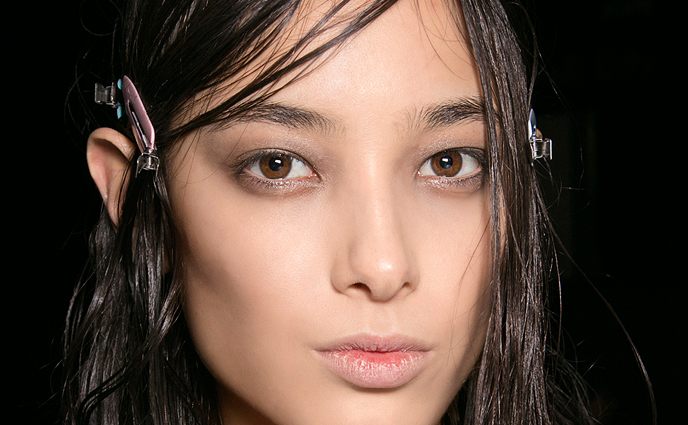There's no sugar-coating it: Finding your first gray hair can be a mildly traumatizing experience. And though we're all about those women who rock a silver style, we totally get that a very large part of the population would rather conceal those annoying, stubborn grays. So while you really can't control when you start going gray (it's due to a combination of factors including genetics, stress, and hormones), happily, you can control how you deal with it. Ahead, Lucille Javier, a New York City-Based colorist, shares her top tips.
Image via Getty
Image via Getty
No, it's not because two more will grow back in their place (file that one under common beauty myths), but more so because you can do some serious damage. "Plucking out grays can damage the hair follicle, and if you keep doing so, you can ultimately end up with a bald spot," says Javier. Bottom line: Drop the tweezers.
Image via Getty
Image via Getty
When you're coloring your hair at home, there are a few key things to keep in mind. First and foremost, Javier suggests finding a brand and shade that you like (one that matches your natural color), and using that same box every time. This takes any guesswork out of the equation and ensures the results always look the same. When it comes time to color, apply the dye only along the roots, where the gray regrowth is, and not throughout your hair. "Doing so can make the ends look very dark, not to mention that because the ends tend to be more porous and damaged, the color can also dry them out," Javier explains. If it's only a few gray strands that are bothering you, you can even use a small paint brush to apply the color literally just on the gray hairs, she adds. And products like Clairol's Root Touch-Up were designed with just this kind of fast, easy fix in mind.
Image via Getty
Image via Getty
It doesn't always have to be about going darker to cover gray; highlights -- whether done in the salon or at home -- are a great way to conceal sliver strands. And highlights are especially effective if you only have a few grays around your hairline or part, says Javier. While this technique is choice for blondes, it can work for brunettes, too.
Image via Getty
Image via Getty






